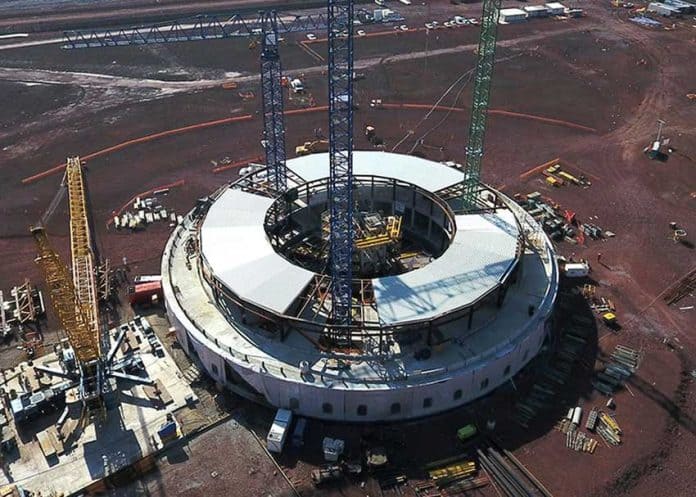Canceling the new Mexico City International Airport (NAICM) project and adapting an existing air force base for commercial aviation instead would cost 170 billion pesos (US $9 billion), the prospective transportation secretary said yesterday.
Javier Jiménez Espriú explained that 100 billion pesos would be lost due to the cancellation of the airport currently under construction at Texcoco, México state, and that a 70-billion-peso investment would be needed to build two additional runways and other new infrastructure at the Santa Lucía Air Force Base in the same state.
The two options — continuing with the current project or scrapping it and converting the air force base — will be put up for public consultation in the last week of October, president-elect Andrés Manuel López Obrador announced yesterday.
Speaking at a press conference following the delivery of an expert report on the multi-billion-dollar project, members of a technical team including Jiménez, incoming finance secretary Carlos Urzúa and López Obrador’s prospective chief of staff Alfonso Romo said the former option would lead to a drop in financial markets and impact the 2019 budget.
Abandoning already completed work would result in a 60-billion-peso loss and another 40 billion pesos would be lost in non-recoverable expenses relating to contracts that have already been signed.
The second option would entail spending an additional 200 million pesos to carry out a feasibility study, while if the project goes ahead, having two commercial airports would create logistical challenges, generate additional costs for airlines and possibly inconvenience air passengers, the team said.
Bernardo Lisker, an official at Mitre Corp.’s Center for Advanced Aviation System Development, said in May that having the Santa Lucía base and the current airport operating simultaneously would not be feasible because the two facilities are too close together, meaning that aircrafts would be dangerously close to each other in the same limited airspace as they descend to land.
However, a group of Chilean aviation experts cited in the expert report believe the two airports could coexist, although they stressed “the urgent need” to carry out a thorough analysis to assess the feasibility of the plan.
One advantage of the air force base option is that it could be in operation much sooner than the NAICM but downsides include having to reach new agreements with creditors and contractors for the construction work to be completed, which could also negatively affect financial markets.
The new airport’s location is closer to central Mexico City than Santa Lucía, making it more convenient for most travelers, but the suitability of the land it is being built on— an ancient lakebed — has been questioned.
Other downsides to the NAICM include the total cost of the project blowing out to 300 billion pesos (US $15.8 billion) from 169 billion pesos and high ongoing maintenance costs once it is in operation.
The expert report delivered to López Obrador’s transition team will be submitted to President Enrique Peña Nieto for consideration this week while the president-elect has declared a September 5 deadline for any new opinions from engineers, the business sector or civil society.
Later in September and in October, a series of forums will be held to discuss and debate the two options before the public consultation, which could take the form of a national survey or referendum.
A vote on the issue would be unprecedented because referendums aren’t described in Mexico’s constitution.
However, because it would be exercised in “good faith,” López Obrador’s transition team argued that the result would be binding.
“López Obrador has painted himself into a corner with this project and the consultation is the staircase that will pull him out,” said Carlos Bravo, a political scientist at the Center for Economic Research and Teaching (CIDE) in Mexico City.
“It’s his way out so he can change his mind without really saying so. It’s likely the consultation is going to be planned in a way where it would be absurd to vote against the construction,” he added.
In the lead-up to the July 1 election, López Obrador repeatedly railed against the project, charging that it was corrupt, too expensive and not needed.
However, he subsequently softened his stance while maintaining that the people will ultimately decide the project’s fate.
According to the official timeline, the NAICM is scheduled to start operations in October 2020 but in a document posted to López Obrador’s website, Parsons Consultants said that date has been shifted to the second half of 2022.
Jiménez said yesterday that construction of the project is about 31% complete.
Source: El Universal (sp), El Financiero (sp), Bloomberg (en)
